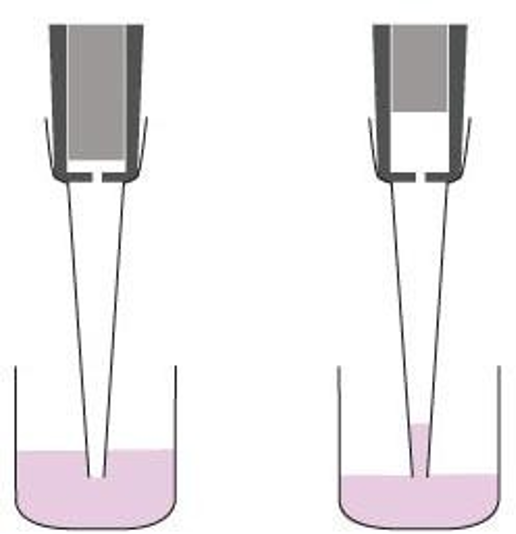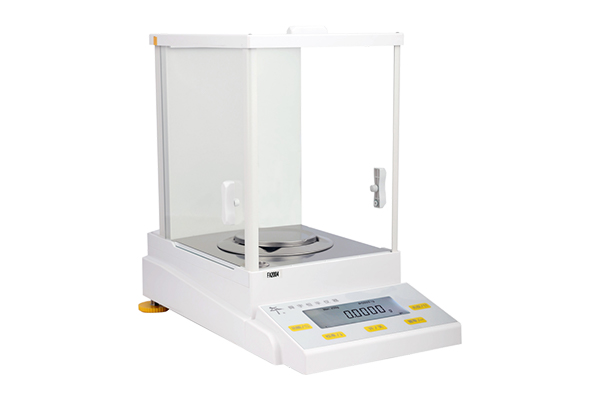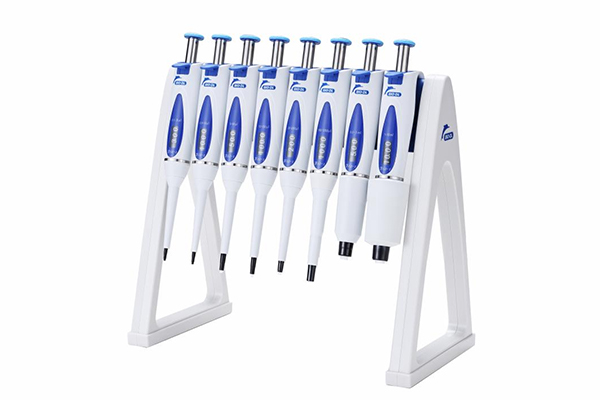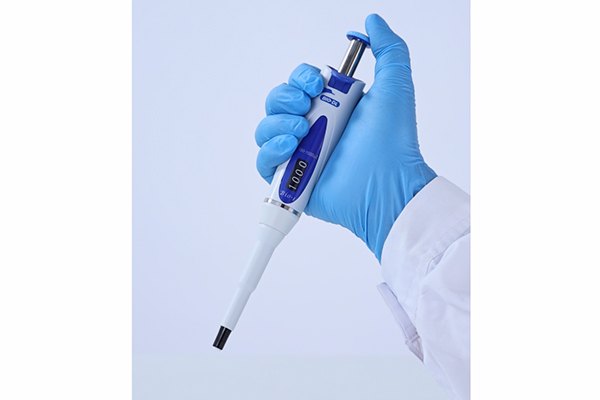
Are your experimental results inconsistent? The culprit might be hiding in plain sight – your pipette. In the world of life sciences and diagnostics, precision is not just a preference; it's a necessity. An inaccurate pipette can compromise months of research, affect diagnostic outcomes, and inflate costs. But how can you be sure your pipette is performing as expected? This guide will walk you through the professional method for testing pipette accuracy and precision, ensuring your data is reliable and your mind is at ease.

Understanding Accuracy vs. Precision
Before testing, it's crucial to distinguish between two key metrics:
Accuracy (Trueness): How close the dispensed volume is to the selected volume. It's about getting the "right" amount.
Precision: How consistent the pipette is when dispensing the same volume multiple times. It's about getting the "same" amount every time.
A high-quality pipette must excel in both areas.

The Gold Standard: Gravimetric Analysis
The most trusted method, compliant with the international ISO 8655 standard, is gravimetric analysis. It involves weighing water dispensed by the pipette and converting the mass to volume, using the known density of water.
What You'll Need:
The pipette to be tested and compatible tips
Analytical balance (readability 0.0001 g / 0.1 mg)
Distilled or deionized water
Weighing vessel
Thermometer (to measure water temperature)
Data sheet and calculator

Step-by-Step Testing Procedure:
1. Environmental Equilibrium: Allow the water, pipette, tips, and balance to sit in the testing room long enough to reach the same temperature. Record the water temperature precisely.
2. Initial Setup: Place the weighing vessel on the balance, close the door, and tare it to zero.
3. Pipette and Weigh: Aspirate the test volume (e.g., 100 µL) with your pipette. Dispense it slowly into the weighing vessel, touching the tip to the wall. Close the balance door and record the mass once stable.
4. Repeat: Repeat this process at least 10 times for a statistically significant result, taring the balance before each dispensing.
Calculating the Results:
1. Convert Mass to Volume: Use the formula:
`Actual Volume (µL) = (Mass (g) / Water Density at T°C (g/mL)) 1000`
2. Calculate Accuracy (Systematic Error): Find the average of the 10 actual volumes.
`Accuracy Error % = [(Average Volume - Set Volume) / Set Volume] 100%`
3. Calculate Precision (Random Error): Calculate the standard deviation of the 10 volumes.
`Precision (CV %) = (Standard Deviation / Average Volume) 100%`
Compare your calculated error and CV values against the manufacturer's specifications. If they fall outside the acceptable range, your pipette requires professional calibration.
Upgrade Your Pipetting Confidence with the Bio-DL BIO-1

Regular verification is key, but starting with a reliably accurate and durable pipette is even better. For researchers who will not compromise on performance, we recommend the Bio-DL BIO-1 Adjustable Pipette.
Engineered for excellence, every BIO-1 pipette is individually calibrated according to the ISO 8655 standard, guaranteeing outstanding accuracy and precision right out of the box. Its robust design offers superior resistance to solvents and acids, and the lower half can be autoclaved (121°C, 20 min), ensuring sterile applications and long-term durability.

The BIO-1 is built for the modern lab, featuring user-centric designs that enhance workflow and comfort:
Ultra-Light Plunger Force (<5N): Reduces hand fatigue during prolonged use.
Easy User Calibration: Allows simple field adjustment to maintain accuracy.
Clear Volume Display & Effortless Tip Ejection: Ensures quick setup and prevents violent tip expulsion, protecting your samples and workspace.
360° Rotatable Tip Ejector & Ergonomic "Wave" Grip: Provides unparalleled comfort and adapts to virtually any tip brand.
By choosing the BIO-1, you are not just investing in a tool; you are investing in the integrity of your work.
Precision in your hands defines excellence in your results. Trust Bio-DL to deliver both.
SEO Keywords: pipette calibration, accurate pipette, pipette maintenance